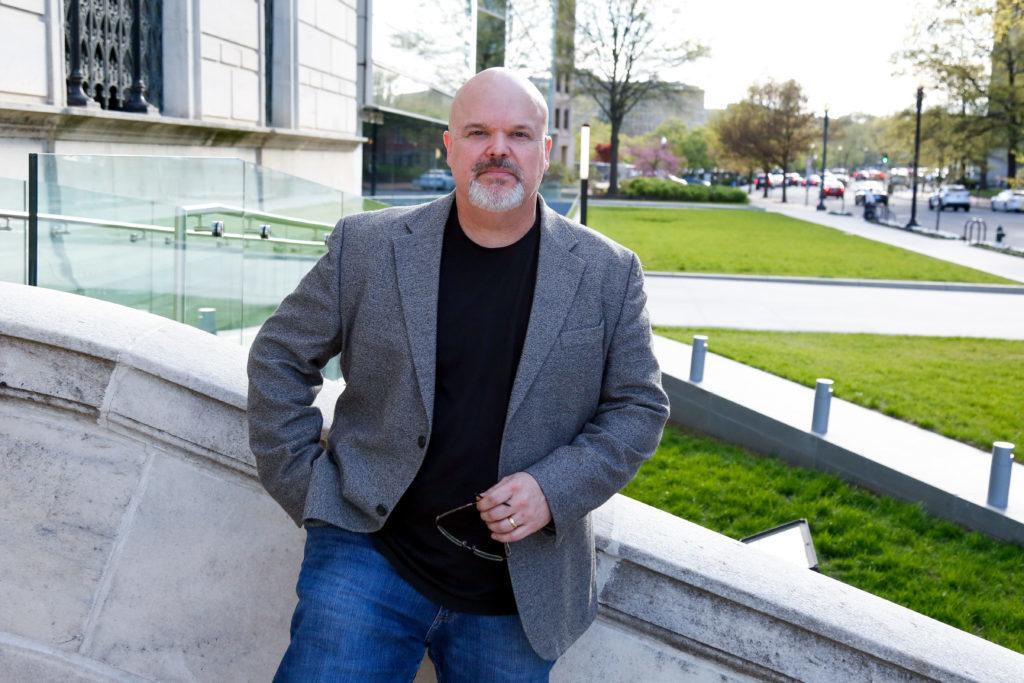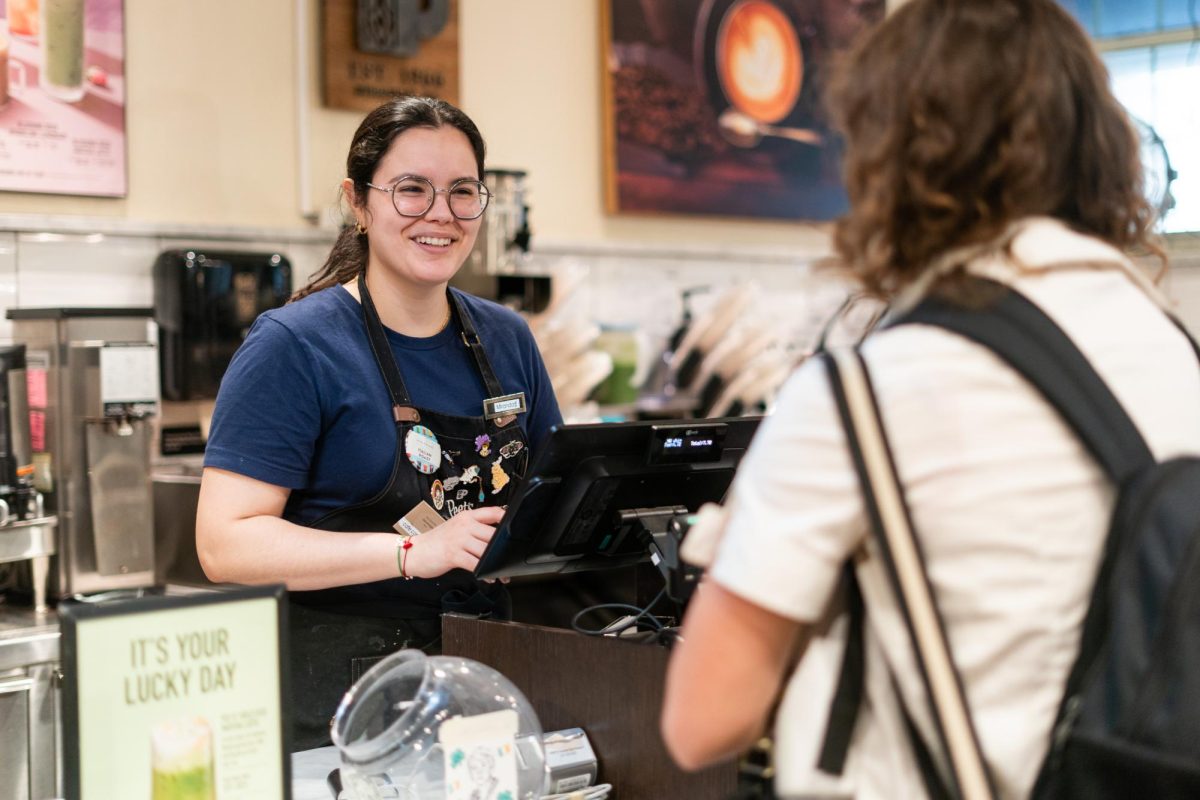Updated: April 30, 2018 at 12:40 p.m.
After President Donald Trump’s campaign promise to build a wall along the U.S. and Mexico border, newspaper staffers set out on foot, in cars and in helicopters to explore the 2,000 miles that the proposed wall would cover.
Nine months later, USA Today reporters who collaborated on the piece with The Arizona Republic staff huddled in the newsroom waiting for the Pulitzer Prize awards to be announced – erupting in joy when their interactive article, “The Wall: Unknown Stories, Unintended Consequences,” won the prize for explanatory reporting.
Steve Elfers, an adjunct professor at the Corcoran School of the Arts and Design, was one of more than 30 reporters, photographers, editors and digital developers from USA Today, The Arizona Republic and Detroit Free Press of the USA Today Network who won the prestigious award earlier this month. Elfers has taught courses like a yearlong visual storytelling course in the new media photojournalism master’s degree program for nearly a decade.
The project transports viewers to the border between the U.S. and Mexico through various products like an interactive aerial-video map and flyover footage of the entire border across four states. The project also has virtual reality, documentaries, 16 videos and written stories about individuals the team talked to along the way, all featured on USA Today’s website.
An upcoming hourlong documentary was presented at Detroit Film Festival earlier this month, but a wide release has not been announced.
“Our goal was simply to fly the length of it, drive the length of it and understand the scope, but more importantly to tell the real story of the people that would be affected along the way if such a wall was built,” Elfers said.
Readers with a virtual reality headset can visit seven points along the border and see the region as the investigative team did. For this footage, the team shot using LIDAR technology, which captured the geographic features of the border.
Helicopter flyovers recorded other footage of the entire border, as well as 360-perspective footage at El Paso and other locations.
The team aimed to produce a story showing what the proposed plan would tangibly look like, Elfers said, giving readers tools to form their own opinions on the contentious topic. The on-the-ground investigative team of 19 reporters interviewed a wide range of individuals for the piece like border patrol workers, ranchers who live along the border and biologists who discussed the border’s ecological consequences, to name a few.
“Ultimately, stories are about people,” Elfers said. “And that’s what I think the entire team understood is that we needed to get to the people that were being affected.”
As managing editor for multimedia at USA Today, Elfers helped plan the article’s presentation and coordinate the Arizona and D.C. teams. He brainstormed how to organize video material on the website to give a fully immersive experience to viewers and Elfers also had a hand in sorting more than 40 hours of material into one final product website.
“For every journalist we had on the ground, we had quite a few in the support roles trying to make sure the presentation was as strong as the journalism,” Elfers said.
Elfers said he was proud and humbled to be a small part of the team effort to tackle the large-scale project.
“You work hard and occasionally, you get recognized,” Elfers said. “This was a moment where you were just really proud of your colleagues and proud to be a small part of it.”
Emmanuel Lozano, deputy editor of photo at The Arizona Republic, shot border footage in a helicopter. He said hearing personal stories of people who live near the border made the issue real to him.
“It doesn’t ring true until you start seeing their personal items, that you realize then these people were real, they had a life, they had a family, they had loved ones,” he said. “When you see a ring that has two people’s names on it, it hits home.”
Lozano said the project wouldn’t have come together without the dedication of teams on the ground and back in D.C.
“It was a total team effort,” Lozano said, “I can’t think of anything else where it was a team this large doing so many different things at so many different levels where it all came together. And ultimately, getting the Pulitzer was just the cherry on top.”




